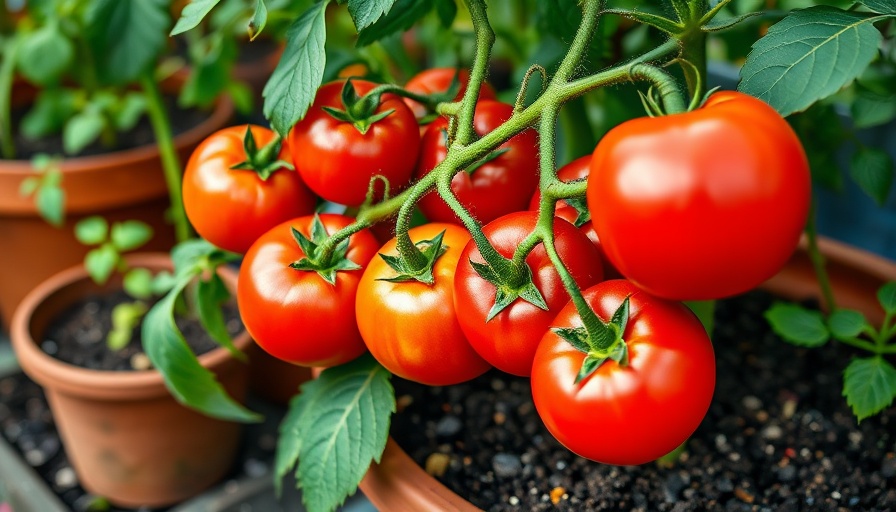
Container Gardening: An Urban Solution for Fresh Produce
In a world where urbanization is on the rise and personal gardens are often limited to small balconies or windowsills, container gardening has emerged as a powerful solution for aspiring green thumbs. Growing vegetables in pots not only makes effective use of small spaces, but it also turns previously neglected areas into thriving mini-gardens. Container gardening allows anyone, regardless of their living situation or physical limitations, to grow their own food sustainably.
Top Vegetables to Grow in Pots: A Beginner's Guide
If you're new to container gardening, knowing what vegetables thrive in pots can set you up for success. Here, we've outlined the top 11 vegetables that flourish in containers, each presenting unique benefits and ease of care:
- Beans: Minimum pot depth of 12 inches is ideal. Bush varieties can grow in tight spaces, while pole beans benefit from trellising to maximize vertical growth.
- Beets: These root vegetables thrive in deep pots, needing at least 12 inches of soil depth to develop their characteristic sweetness.
- Chard: A beautiful leafy green that adds color to your container, chard is adaptable and can thrive in various conditions.
- Chili Peppers: A must for spice lovers, these compact plants produce abundant fruit and can handle warmer temperatures.
- Kale: This nutrient-dense superfood is perfect for container gardening, especially varieties that are dwarf in nature.
- Lettuce: Fast-growing and easy to care for, lettuce suited for pots allows for multiple harvests throughout the season.
- Onions: Both green onions and smaller bulb varieties are excellent for container growing.
- Radishes: Quick to mature, radishes are a gratifying choice for first-time gardeners using pots.
- Spinach: This leafy green thrives in cooler temperatures and offers continuous harvest opportunities.
- Sweet Peppers: Colorful and versatile, sweet peppers do well in pots and can produce a high yield with proper care.
- Tomatoes: A favorite among gardeners, tomatoes require larger pots and support as they grow tall and heavy.
Choosing the Right Containers
Selecting the right pots is crucial for effective garden growth. Opt for containers that provide adequate drainage and are large enough to accommodate the root systems of your chosen vegetables. It’s best to use materials such as clay or durable plastics that can also regulate temperature effectively, particularly in varying weather conditions.
Pest Control: Keeping Your Container Garden Healthy
Every gardener knows that maintaining plant health is a priority. Containers can sometimes be more susceptible to pests due to their confined nature. Implementing a few organic pest control methods, such as introducing beneficial insects or using essential oils, can help safeguard your vegetables from unwanted nuisances.
Maximizing Yield Through Companion Planting
Companion planting is a technique that involves growing different plants together for mutual benefits. In container gardening, certain combinations can enhance growth and deter pests — for instance, growing marigolds alongside beans and tomatoes can deter aphids while also attracting pollinators.
Conclusion: Start Your Container Gardening Journey Today!
With an understanding of the best vegetables to grow in pots and the techniques available, anyone can embark on their container gardening journey. Engaging in this practice not only allows for growing your own food but also brings beauty and life to urban spaces. So why not break ground in your balcony or patio today, and reap the benefits of your very own garden? Plant care starts with you!
 Add Row
Add Row  Add
Add 




Write A Comment